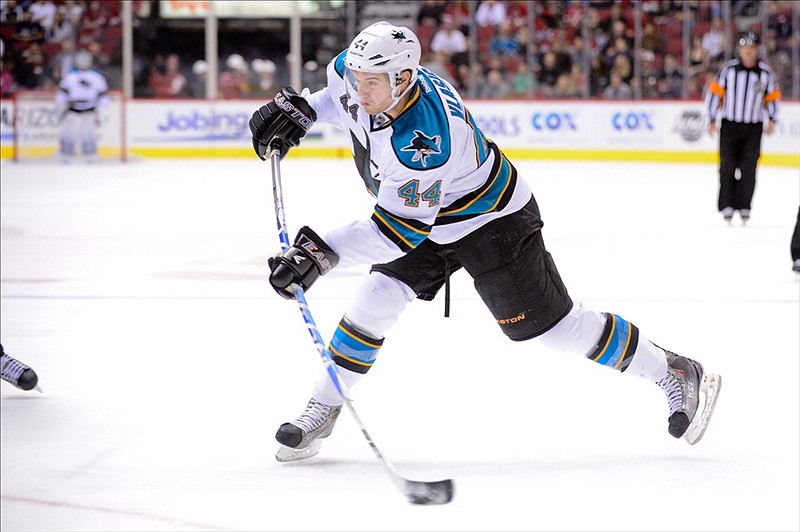The single most important part of the hockey player’s gear is the hockey stick. While teams are stocked with plenty of replacements during games, each player has their own preference of stick. Especially if being used by a goal scorer, the stick is an incredibly key component to the game.

The Parts of a Hockey Stick
The inexperienced fan knows that hockey sticks are different, but the specifics of how they are different is a bit foggy. Every little angle, ounce of weight, and the material it is made of are carefully calculated by the superstar that will soon use it. It is common practice to name specific curves after NHL superstars. Names like Ovechkin, Kane, and Stamkos are popular stick curves. These blades have their own blend of curve, lie, and face.
Flex of the Shaft

Flex is the amount of force (in pounds) it takes to bend the shaft of the hockey stick one inch. Flex numbers run the spectrum from 40 to 160. A higher flex provides for stronger slapshots and poke checks. Defenders and larger players tend to use 100+ flexes for these reasons. Lower flex allows the shaft to bend easier and making quick wrist shots possible. Smaller players and forwards tend to use lower flex shafts as they require less force to bend. Shafts are also divided through age groups (Junior, Intermediate, and Senior) but everyone in the NHL is over 14 years of age and I have yet to see an Intermediate shaft in the pros. A non-Senior shaft would be smaller in thickness and would require smaller blades to fit inside the shaft.
Curve of Blade
The blade itself is complicated to say the least. Starting with the curve of the blade, a player can pick based on depth of the curve and the amount of curve itself. Curves range from 3/8 of an inch to 3/4 of an inch. Anything outside of that can actually result in a minor penalty during game action.
Curves are classified as either deep, moderate, or slight. A deep curve gives more control on the forehand and deadlier shots. It sacrifices control on the backhand for a quick wrist shot. A moderate curve (close to 1/2″) provides a balance of forehand and backhand control and are good for beginners or playmakers. A slight curve gives great control on the fore and backhand sides.
The point on which the curve begins is also important. The curve can begin near the heel (where the shaft is attached) or closer to the toe of the blade. The location of the curve will dictate where the puck rests on the blade. A heel curve will create stronger wrist shots while a toe curve will provide quicker snap shots.
Face of Blade
Open or closed face? When looking straight down at the blade, the amount of the face of the blade you can see determines the type of blade face. An open faced blade, similar to a pitching wedge in golf, shows a lot of its face when looked down at. The more open it is, the easier it is to lift the puck. It also allows for protection of the puck on the backhand. A closed face blade resembles a 3 iron. A shot from a closed face is lower to the ice and protects the puck on the forehand.
Lie of Blade
The lie is the angle at which the blade is attached to the shaft. Most often from 4 to 6, lie angle ratings determine the angle at which the stick must be held to make the it lie flat on the ice. Taller players or those who skate more upright will play with higher lies and shorter players or those who skate bent lower to the ice will pick lies of lower numbers.
Type of Toe
The toe of the blade comes in a few different styles. Rounded and square are the most common, however the rounded blades have definitely become the preferred hockey blades. Toes are more a matter of personal preference than providing specific benefits.